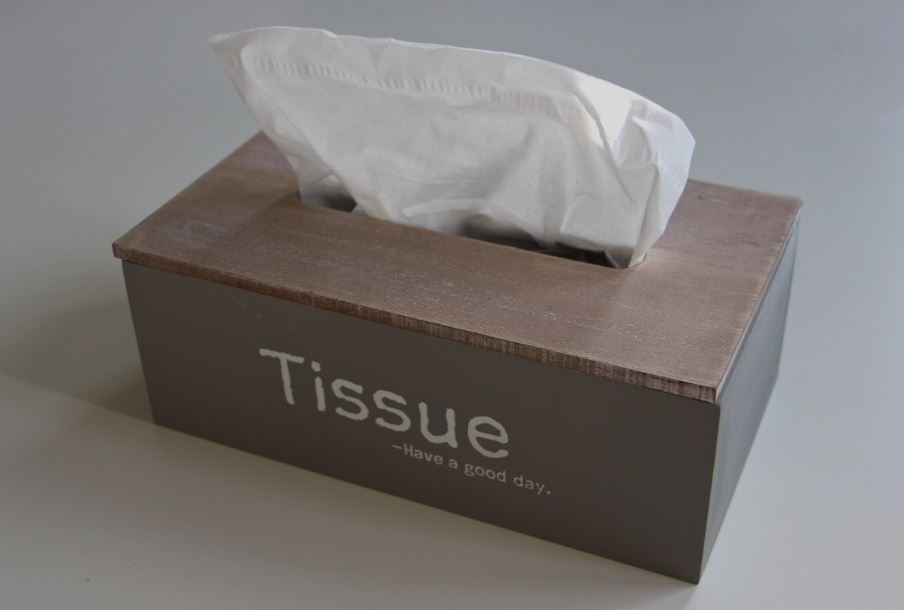The very first, real impression that your customers will have with your product is with the packaging. Whether they pick it off of a shelf or pull it out of a cardboard shipping box, your customer’s experience with the container itself should reflect their anticipation of your product. If your product is organic-based shampoo, advanced processing computers, the latest videogame, or rich pastries, what defines your product must be what defines your packaging. Here are just a few factors to consider when designing a product container or package that will draw the customer in and properly preview the product it contains.
Texture
Imagine ordering an all-natural, moisturizing shampoo. When you take the bottle in hand, you’ll expect the container to be smooth and silky, whether you consciously consider it or not. However, when purchasing high-quality jewelry, you don’t expect the packaging to feel gold plated or metallic, but rather to be decked in luxuriously soft velvet. If the tactile experience is off-putting, your customer will engage with your product with an already poor impression. Consider customer expectations as well as what sort of message you want to convey. Keep in mind, however, that smooth, soft, silky, and glossy tactile experiences are preferred by most customers, so avoid making your package too rough where possible.
Durability
No one wants to get a package with torn corners, a smashed inside, or worse yet, a damaged product. Your packaging must hold up under loading and unloading conditions, as well as survive the shelving and handling process in-store. Consider the weight of other boxes on yours, and the possibility that the product will be dropped. Bubble wrap and foam sheets can only do so much to keep your goods safe, so consider incorporating some sort of brace within the package to keep your product in place.
Shape
Appealing geometric forms can catch the eye and draw customer interest, and give an exciting unwrapping experience for mail-order items. Squares and angles, both in the package itself as well as the design on it, can convey an edgy, high-tech impression. Soft curves and ergonomic handling gives more of a naturalistic feel, however, and spheres give a sense of luxury and serenity. A design agency can help incorporate shape into your logo, your product image, and the shape of the container itself in an intuitive and communicative fashion, so consider consulting with professionals.
Color
While everyone knows that color coordination is important in product design, what many don’t understand is just how important selecting the right color is for conveying the right marketing message. Electric blues with matte black gives a futuristic tech impression, earthy greens and browns convey organic ingredients and materials, and silky beiges and creams convey luxury bath items. These color choices may seem intuitive, but there are additions you can make to further alter the subconscious impression of your product. Yellows and oranges, for example, are often associated with reduced pricing, and reds give a sense of urgency and importance. Using too much of a bright color can be off-putting, however, so it’s important to refer to a professional to ensure that your colors are working together and isn’t painful on the eyes.
To make sure your product is well received, it has to appeal to the subconscious expectations and desires of your target audience. The size, shape, color, and design create your brand image both inside and outside of the product itself. Think beyond just the box itself; consider the experience that it gives to your customers. Otherwise, you may find that your customers never make it through to the product itself.

